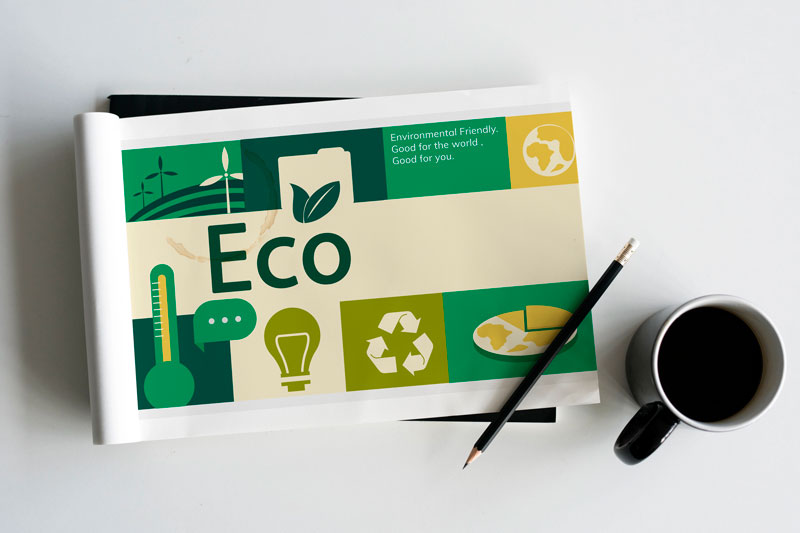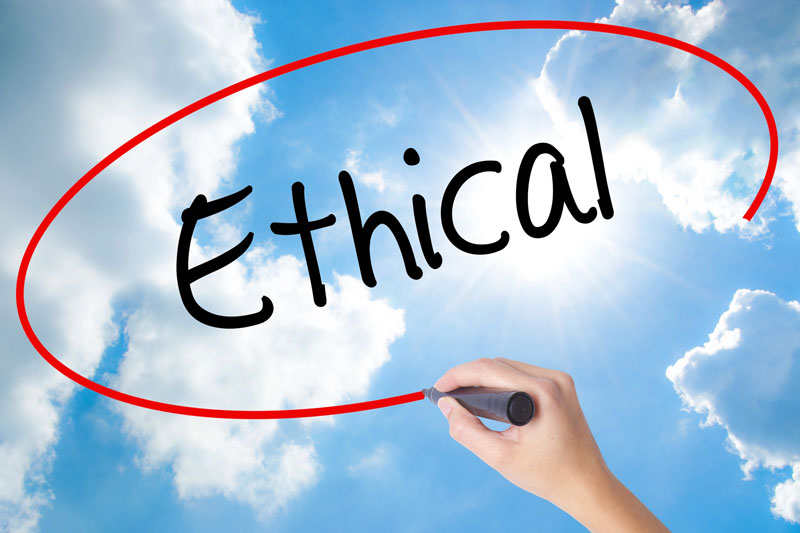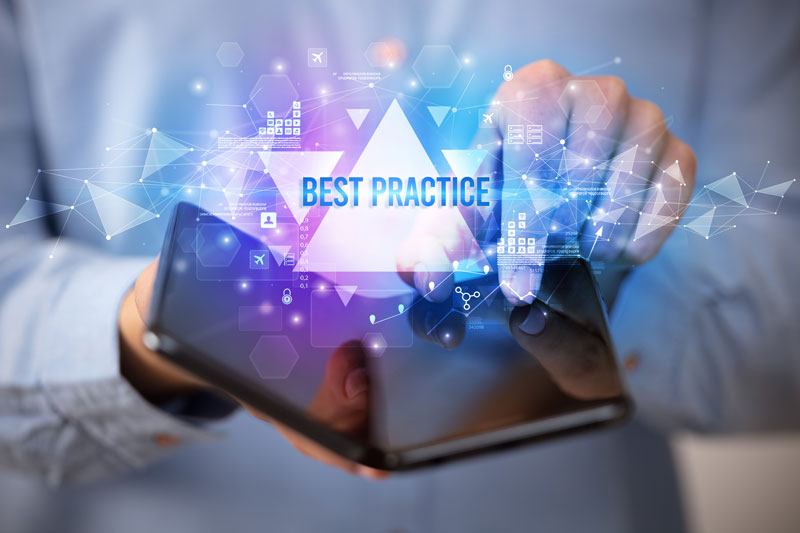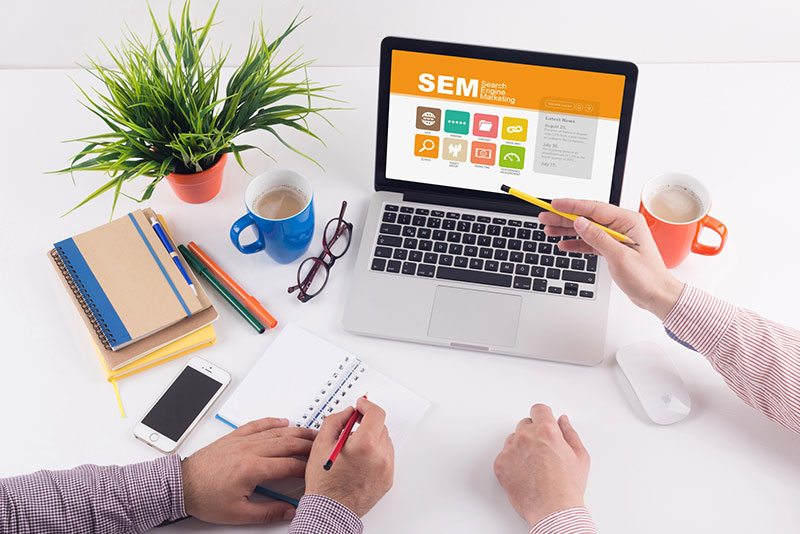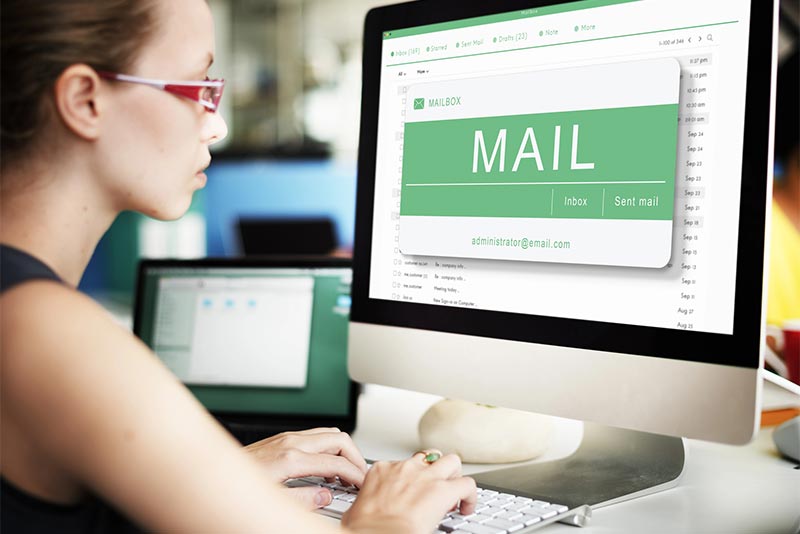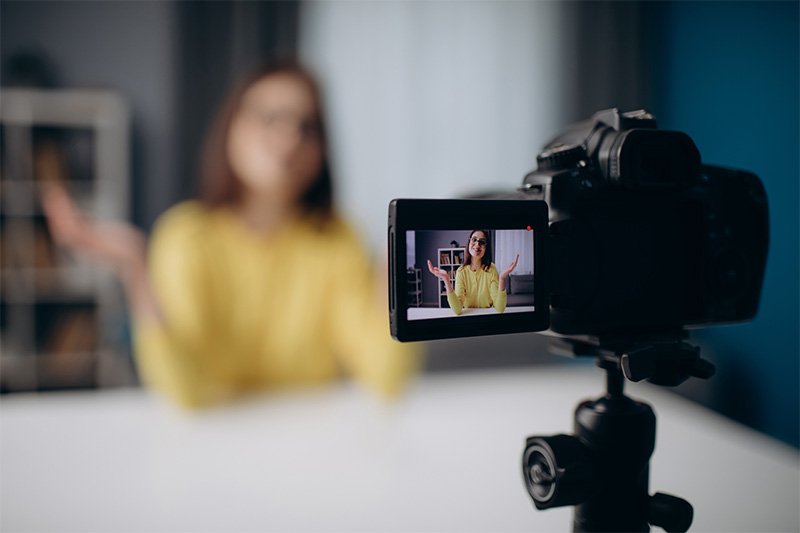In the world of aesthetic medicine, effective patient communication is a vital component of providing exceptional care and achieving outstanding results. As aesthetic practice owners, you understand the importance of delivering not only excellent treatments but also a positive overall experience for your patients. In this blog post, we will explore the significance of effective patient communication, techniques for active listening, and strategies for handling difficult or sensitive topics. Additionally, we will delve into the ways technology can be harnessed to enhance communication with your patients.
The Importance of Patient Communication :
Patient communication lies at the heart of any successful healthcare practice. It’s the cornerstone upon which trust is built, and it significantly influences patient satisfaction, health outcomes, and safety.
Improves Outcomes: Effective communication ensures that patients fully understand their treatments, recovery processes, and post-treatment care. This comprehension contributes to better adherence and, consequently, improved health outcomes.
Reduces Risk: Clear and accurate communication reduces the risk of medical errors, a concern that is paramount in aesthetic practices where precision is essential. Proper communication ensures patients receive the right treatments and follow the necessary precautions, minimizing potential complications.
Active Listening:
Active listening is a fundamental skill in effective patient communication. It involves giving your complete attention to the patient, understanding their concerns, and responding thoughtfully.
Be Present: In your busy aesthetic practice, putting aside distractions and being fully present when engaging with patients is crucial. Make eye contact, listen actively, and show genuine interest in their concerns.
Reflect: Reflect on what the patient said to ensure you’ve understood their message correctly. Use open-ended questions to encourage them to elaborate on their thoughts and feelings. This validates their concerns and allows for a more comprehensive discussion.
Dealing with Difficult or Sensitive Topics :
Navigating difficult or sensitive topics is an inherent part of patient communication, particularly in aesthetic practices where patients often have specific desires and expectations.
Express Empathy: When patients express concerns or dissatisfaction, it’s essential to show empathy. Acknowledge their emotions, and allow them to share their feelings without judgment. This validation can defuse tension and establish a foundation for resolution.
Provide Information: Offer clear, concise information about the topic at hand. Avoid medical jargon and use plain language that your patients can easily understand. Educate them about the risks, benefits, and alternatives, allowing them to make informed decisions.
Collaborate: Collaborate with your patients when discussing treatment options. Understand their preferences and values, and involve them in the decision-making process. This not only empowers patients but also builds trust and satisfaction.
Using Technology to Enhance Communication :
In today’s digital age, technology plays a pivotal role in healthcare communication. Aesthetic practices can leverage various tools to improve patient interaction.
Telemedicine: Utilize video conferencing for consultations, follow-up appointments, and discussions with patients who may be unable to visit the clinic physically. This provides convenience and maintains patient engagement.
Patient Portal: Implement a patient portal system that offers secure access to medical records, lab results, and a direct channel for secure communication. This transparency enhances patient engagement and ensures they are well informed about their health.
Training and Resources for Improving Patient Communication :
To continually enhance patient communication within your aesthetic practice, consider investing in training and resources for your healthcare professionals.
Role-Playing Exercises: Organize role-playing exercises to practice effective communication techniques. These exercises can include handling difficult conversations, practicing active listening, and addressing patient complaints. Such drills help your team gain confidence and refine their skills.
Feedback and Coaching: Implement a feedback and coaching system to help clinicians improve their communication skills. Use observation, video recording, and constructive feedback sessions to pinpoint areas of improvement.
Continuing Education: Offer continuing education courses and resources focused on effective communication techniques and patient-centered care. Encourage your staff to stay updated with the latest developments in the field, fostering a culture of continuous improvement.
In conclusion, effective patient communication is an art that can be mastered to the benefit of both patients and aesthetic practitioners. By building trust, enhancing satisfaction, and minimizing risks through clear and empathetic communication, you can ensure the success and growth of your aesthetic practice. Embracing technology and investing in training and resources further solidifies your commitment to providing exceptional patient care in the ever-evolving world of aesthetic medicine.
Learn More

